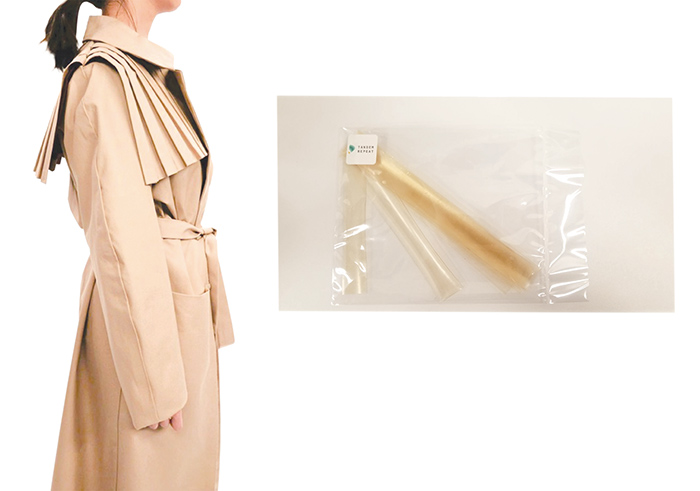Textile, packaging, and materials manufacturing is increasingly being scrutinized for environmental impact. As such, alternative “green” methods to produce – and eventually replace – current materials and methods used in these markets have led to a heightened emphasis on industrial biotechnology for reproducible, energy efficient, and earth-friendly materials that can stand up to the performance requirements of the applications they serve.
To address these challenges, Tandem Repeat Technologies – a spin-off company based on research conducted at Penn State University – has developed a technology that combines fermentation and biosynthesis to produce bioderived textiles with tunable properties in large quantities utilizing current economical processes.
Prof. Melik Demirel, Lloyd and Dorothy Huck Endowed Chair in Biomimetic Materials and Director of the Center for Advanced Fiber Technologies (CRAFT) at Penn State, and his team have produced highly tunable biofibers with improved properties such as stain resistance, simple-repair, color retention, thermal management, enhanced durability, improved recyclability, improved quality of recycled materials, and more complex functions and composites.
“According to Tandem Repeat Technologies, Squitex fibers are the only self-healing, sewing free, abrasion-resistant, thermally responsive materials on the market today.”
Tandem Repeat Technologies’ Squitex technology is based on eco-friendly, naturally derived thermoplastics processing. The Squitex-based composite has a low molecular weight, which reduces the costs of production and provides superior physical properties compared to silk proteins. According to Tandem Repeat Technologies, Squitex fibers are the only self-healing, sewing free, abrasion-resistant, thermally responsive materials on the market today. The competitive advantages of the technology include:
- Easy repair using heat and pressure.
- Adhesive to various natural fibers or synthetic yarns for a seamless product.
- Relatively robust with strong-mechanical properties due to a cross-linked molecular structure and a smooth surface that resists soil and odors well.
- Takes color well, washes easily, and is easy to work with in spinning, weaving, knitting, and sewing. Mixes well with other synthetic and natural fibers.
- Reduced weight compared to carbon fibers, and reduced energy demandsduring production.
Tandem Repeat Technologies’ technology builds upon the use of synthetic biology to create recyclable and alternative materials for sustainable development and reduced pollution. The company has developed biosynthetic fibers with enhance molecular interactions to improve the binding between natural fibers and bio-synthetic proteins. While Tandem is developing advanced protein fibers, it is also focused on methodologies for minimizing pollution. The company envisions sustainable textiles that are formed by protein-based fibers as an ideal option due to their contribution to circular sustainable production, tunable physical and chemical properties, reduced waste, and at least half the energy cost compared to synthetic fibers.


